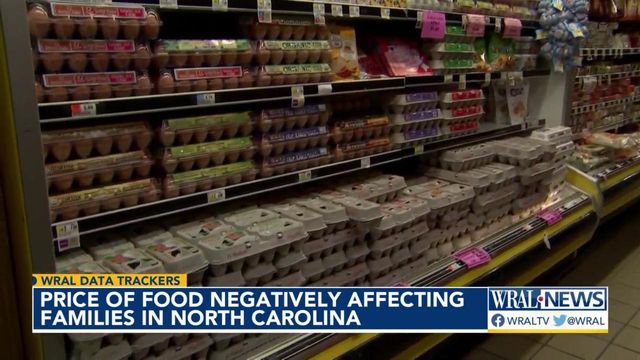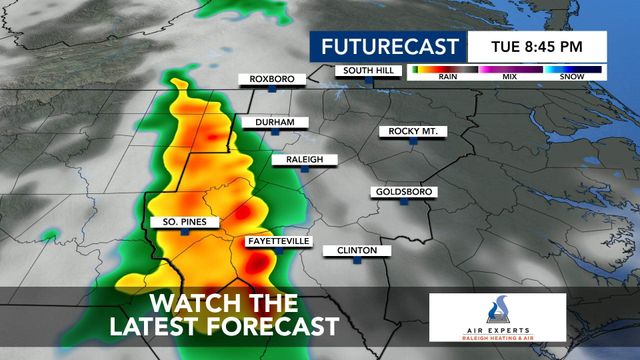Survey: A third of families say rising food costs leads to kids not eating enough
Inflated prices for all goods is starting to sink in and people are feeling it on the bottom line of their budgets.
"It’s really what’s hitting our pockets the hardest right now," said Christina Warren, a mom of three kids ranging in age from 12 to 15.
She says her family of five is seeing grocery bills skyrocket. Once around $400, now up to $800 a month. She says she's starting to dread going grocery shopping.
"It’d be nice to afford going to the grocery store and not being like oh my gosh, what did I just spend that money on!" she exclaimed.
She says they are critical of what they're spending on right now. For example, her husband enjoys drinking coca-cola but when they saw it was $8 a case, they stopped buying it.
They're also changing some habits like dining out less often.
"We’re trying to find that right balance," said Warren. "We kind of see what we need and don’t need and get rid of things and go from there."
All so they can afford food.
But many families in the state are struggling to do that, data shows. About one out of every three households in the state have reported their kids haven’t had enough to eat and it’s due to the price of food. This is according to the most recent Household Pulse Survey.
During that same period in North Carolina, Black families made up almost half of the respondents who reported their children weren't eating enough because they couldn't afford it.
"Study after study shows that food is a basic building block of a child's well being," Tamara Baker with the Carolina Hunger Initiative out of UNC, told WRAL. "That impacts their social-emotional learning; that impacts their ability to take that test that day. So, why do we as a society, not value food? And it's a question that has plagued us but has really been highlighted during COVID."
The state's rate of those reporting food being unaffordable is higher than the national one.
According to the nonprofit Feeding America, about 1.5 million people in North Carolina were food insecure last year and a fifth them were children. That’s almost certain to be higher now, as costs for everything have risen.
More than 1.5 million North Carolina residents facing food insecurity, data shows
"Your rent is a fixed item that you're going to have to pay," said Melvin Acosta with the Inter-Faith food Shuttle. "Your mortgage is a fixed item. Utilities will be fixed items. So when you look at your budget, one of the things that has variables is going to be your food costs."
The WRAL data trackers looked at the consumer price index for items for a simple, typical kid’s lunch – cheese, bread, a cookie, milk, and a banana. A year ago, those items would cost $13.34 at the grocery store but now, $16.46. Up more than $3 which is 23% higher.
Warren estimates their own monthly spending on groceries has doubled in a year despite doing away with some items. And she’s doing more a little more to make ends meet and keep her kids fed.
"We kind of just have to plan out our meals for the week and what we can multiple meals out of; buy bulk items," said Warren. "It’s just really a struggle. We do away with a lot of the things we did before."













